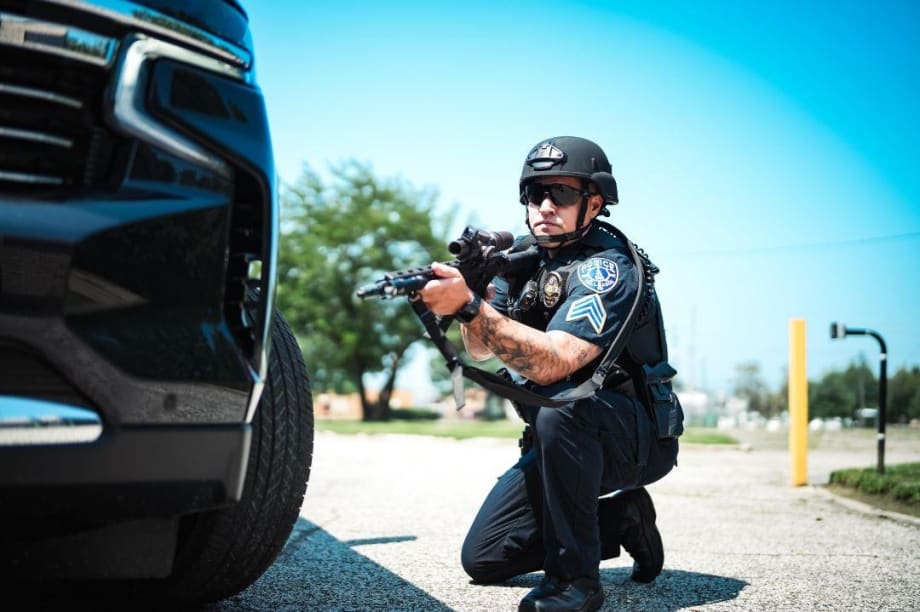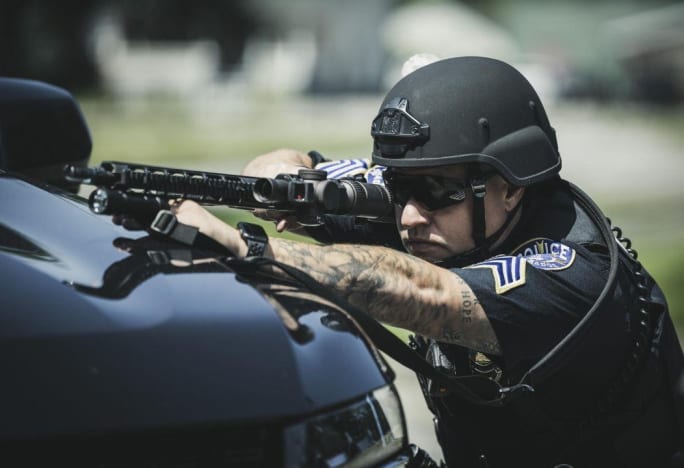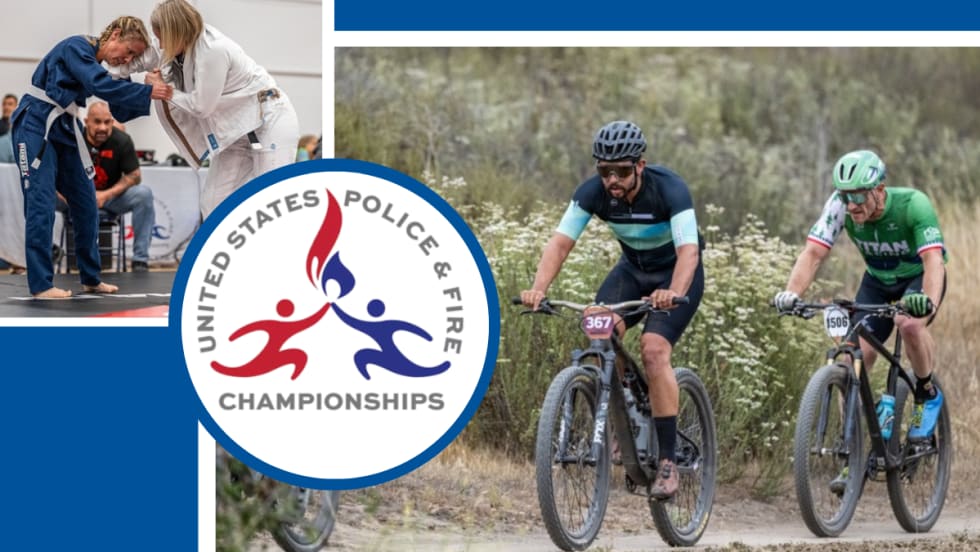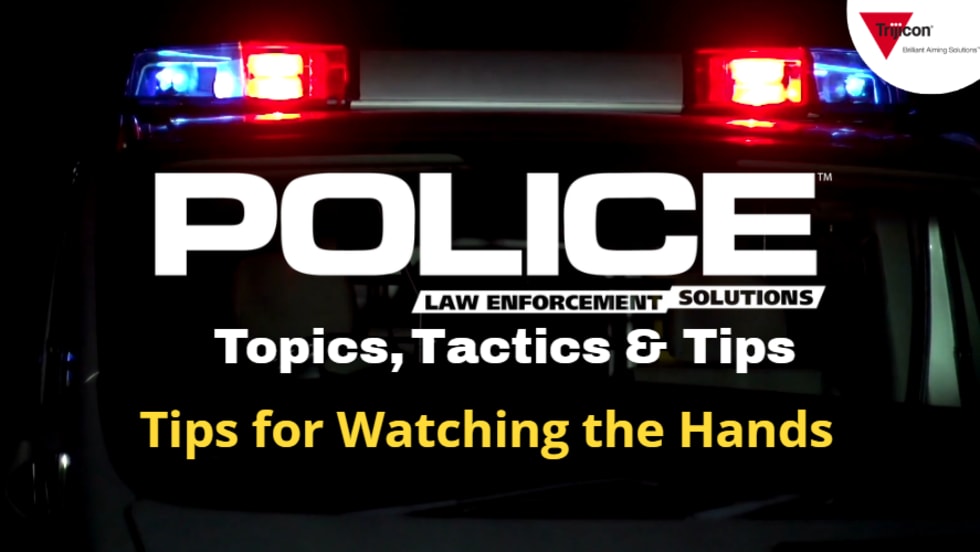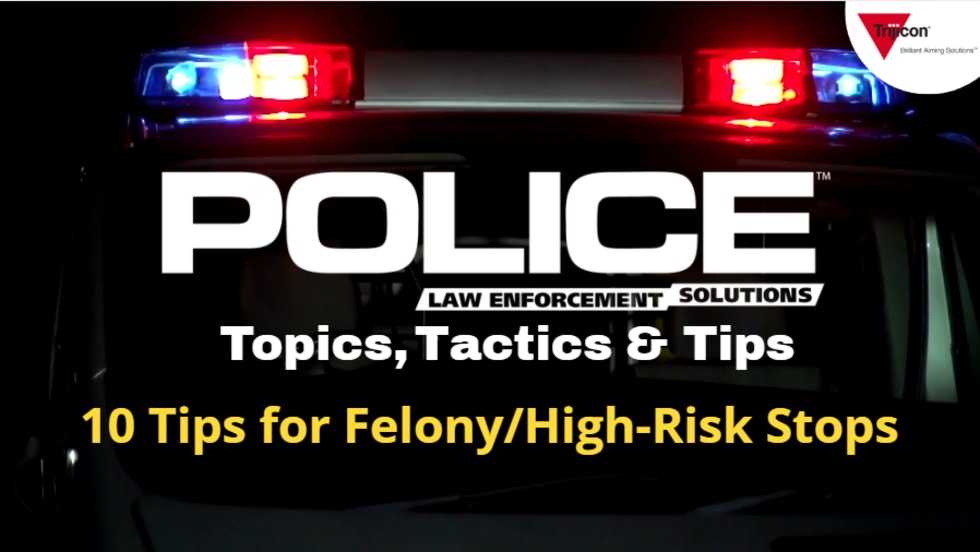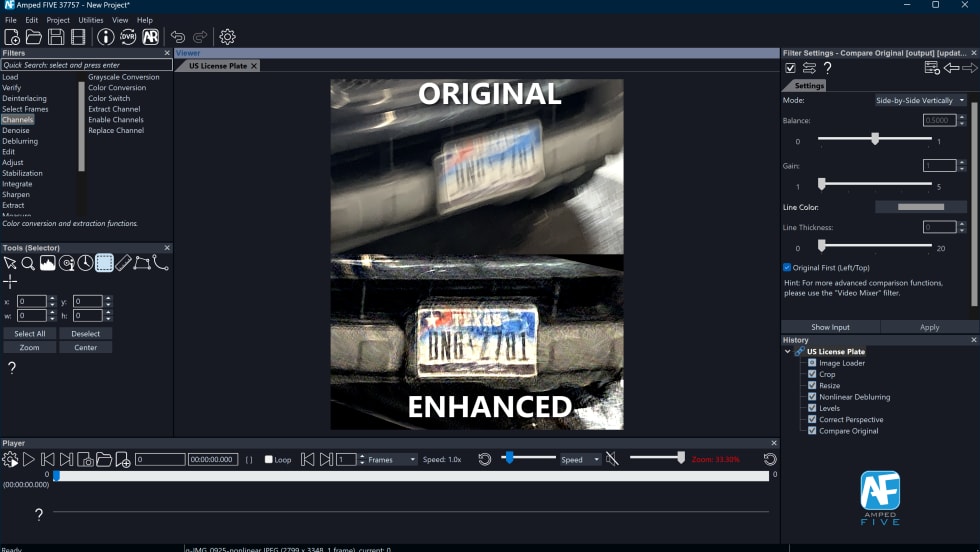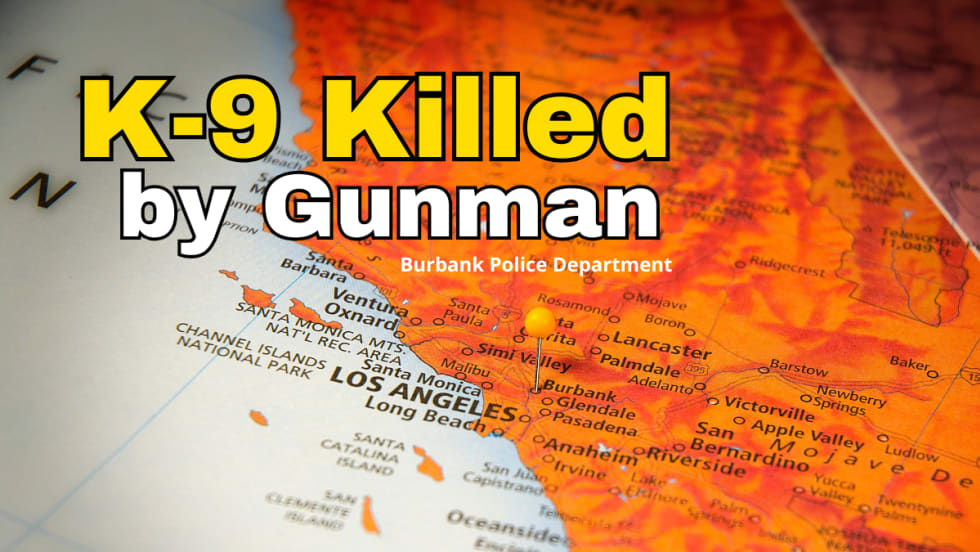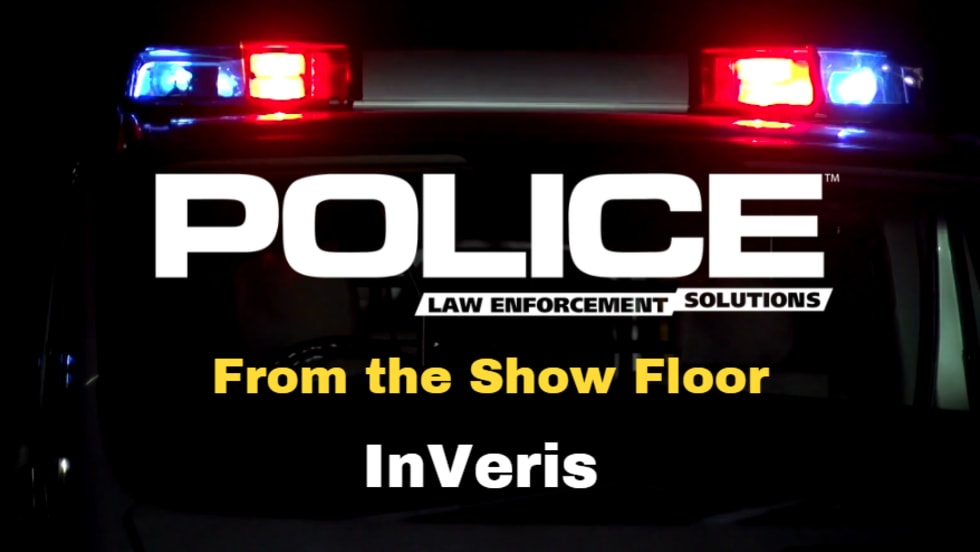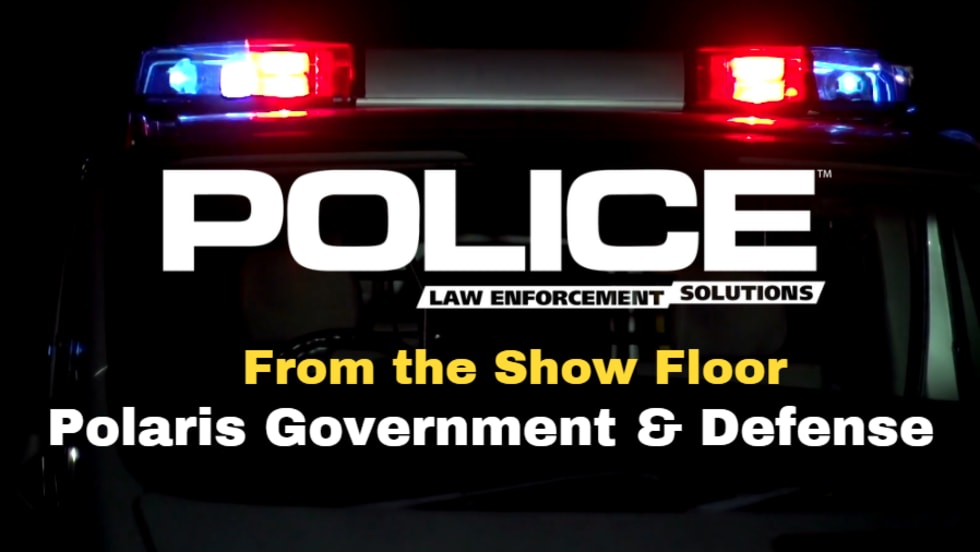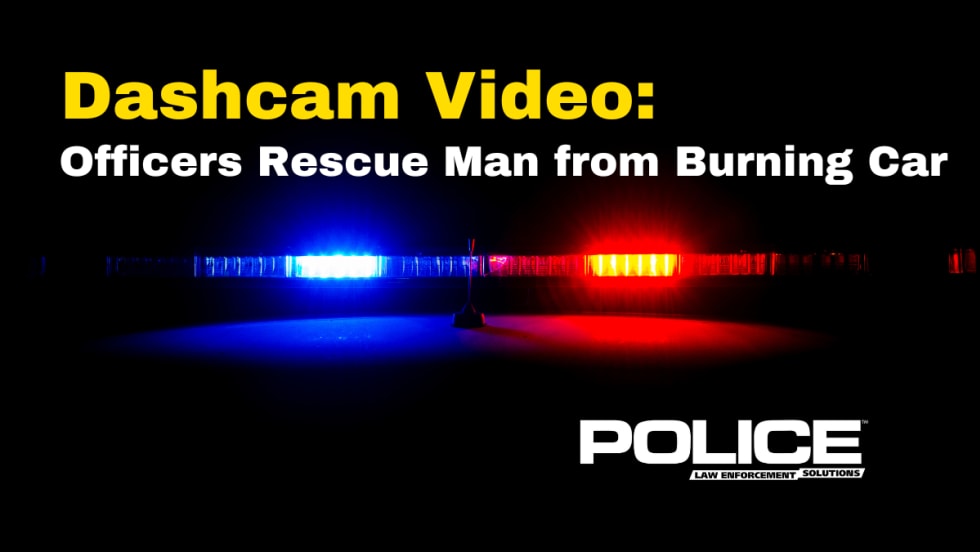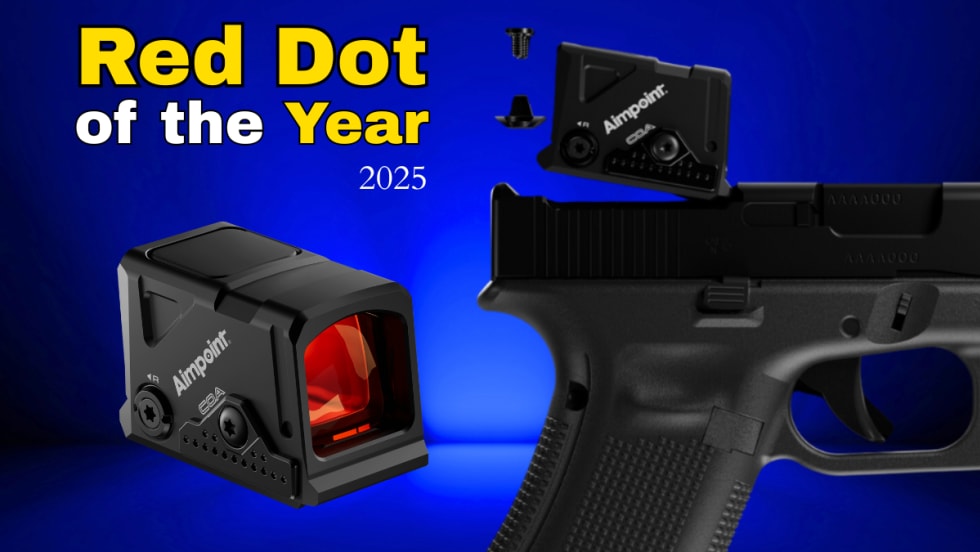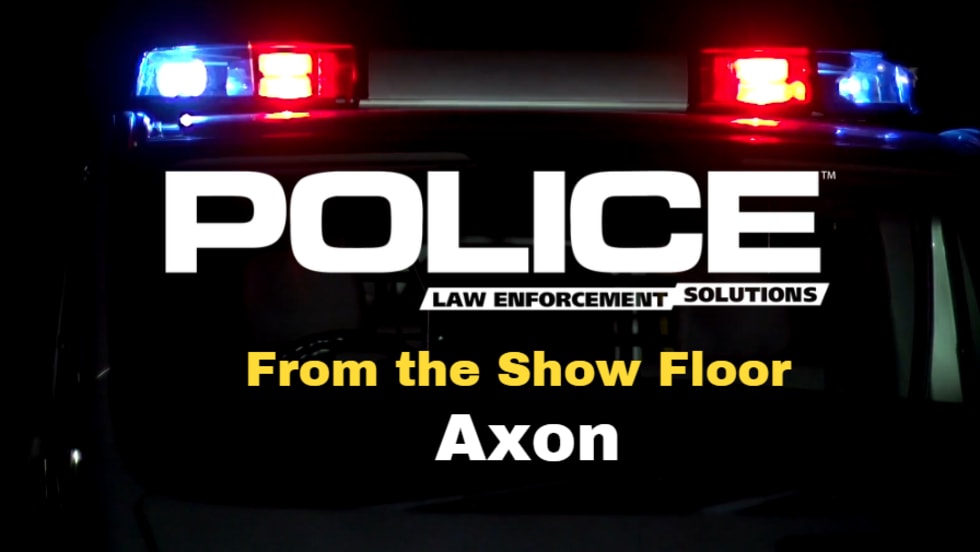“When the suspect's getting out of the vehicle, if you're running to the back of the car. You're giving them all the time in the world to steady their hand, bring the gun up, and start shooting at you,” explains Mowery.
“What you've just done is you've taken all this time that you had to maneuver, and because you're taking the time to run to the back of your vehicle, you're pushing that time over to the bad guy,” he adds. “You're running away. He's now the predator.”
When the gunfight starts, Mowery says you have to be aggressive both in your movement and in your shooting. Typical range shooting, with a line of officers firing at static targets, does not teach officers to shoot aggressively, according to Mowery.
Arriving at a Known Threat
Mowery says that when officers arrive at the scene of a known threat, they commonly turn their car broadside to the situation and use the whole vehicle, from the side, as a piece of cover.
But he points out several concerns. Again, it's a good idea to understand that rounds go through glass and pillars, both of which are not a long-term ballistic solution as cover.



